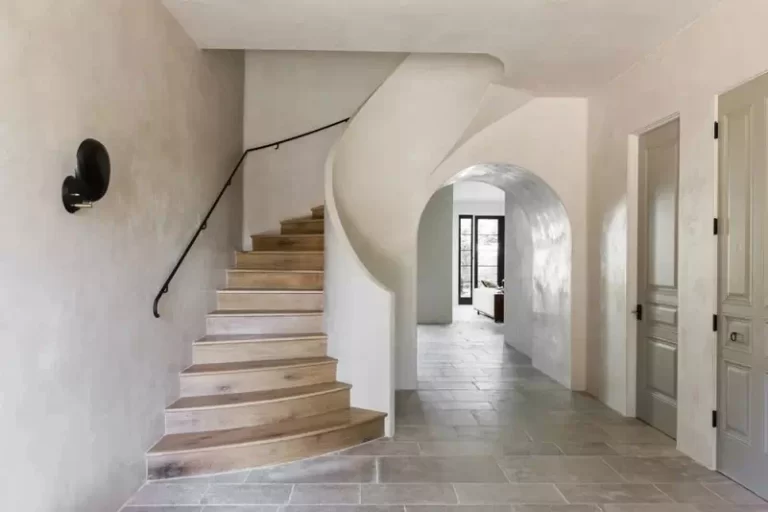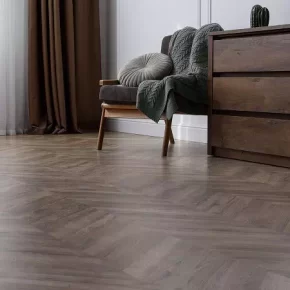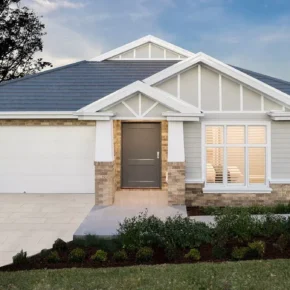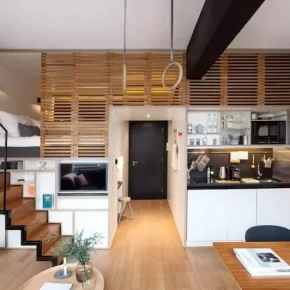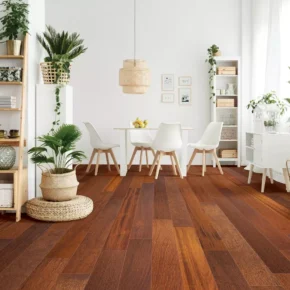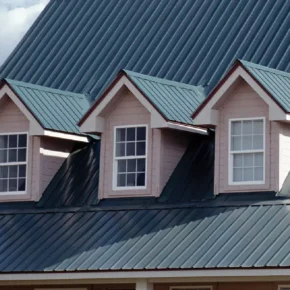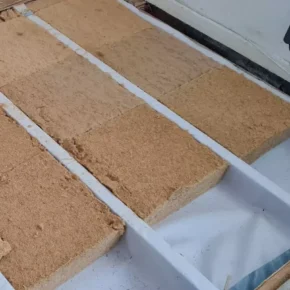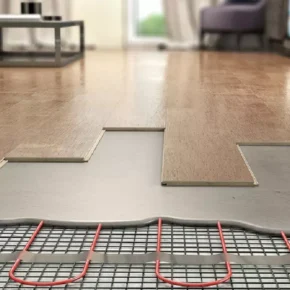Plaster is one of the key materials for interior wall and ceiling decoration.
It performs the functions of leveling the surface, creating a basis for painting or pasting wallpaper, as well as protecting walls from damage. Choosing the right plaster for interior work is important to achieve a high-quality and long-lasting result.
1. Types of plaster for interior work
It is important to understand that there are several types of plaster, and each of them is suitable for different surfaces and conditions. Here are the most common types:
Gypsum plaster
Gypsum plaster is made from gypsum, which makes it a popular choice for interior work. It is suitable for dry rooms, such as a living room, bedroom or corridor.
Advantages:
- Easy to apply and dries quickly.
- It has good heat and sound insulation properties.
- Creates a smooth surface that is ideal for painting or wallpapering.
Disadvantages:
- Not suitable for wet rooms (bathroom, kitchen), as gypsum absorbs moisture.
Cement plaster
Cement plaster is made on the basis of cement, which makes it more durable and moisture-resistant compared to gypsum.
Advantages:
- Suitable for rooms with high humidity, such as the bathroom or kitchen.
- Very resistant to mechanical damage and abrasion.
- It has durability even in conditions of high humidity.
Disadvantages:
- Difficult to apply, requires special skills.
- It dries much longer than gypsum plaster.
Lime plaster
Lime plaster is an ecological material made on the basis of lime. It is suitable for various types of premises and has natural antiseptic properties.
Advantages:
- Resistant to mold and mildew, making it an ideal choice for wet rooms.
- It breathes well, which contributes to the creation of a comfortable microclimate in the room.
- It has high elasticity, which prevents the formation of cracks.
Disadvantages:
- Less durable than cement plaster, so may require more frequent renewal.
Polymeric (acrylic) plaster
Polymer plaster is made on the basis of acrylic or silicone resins, which ensures high elasticity and resistance to cracks.
Advantages:
- Elasticity allows you to avoid the appearance of cracks even in new buildings, where the shrinkage of the building occurs.
- Dries quickly and is easy to apply.
- It has high moisture resistance properties.
Disadvantages:
- High cost compared to other types of plaster.
- May require professional application to achieve a quality result.
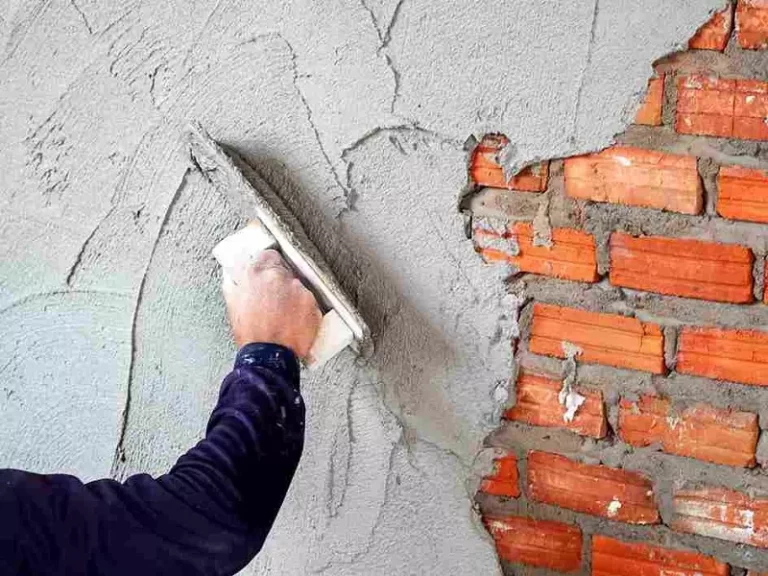
2. What to pay attention to when choosing plaster
Purpose of the room
When choosing plaster, you should take into account the purpose of the room. For example, for wet rooms (kitchen, bathroom), cement or polymer compositions are suitable, while for dry rooms (living room, bedroom), it is better to choose gypsum plaster.
Condition of the walls
If the walls have significant irregularities or defects, you need to choose a plaster that fills cracks and cavities well. Cement plaster or polymer compositions are well suited for leveling walls. If the surfaces are flat, you can use gypsum plaster to achieve a smooth finish.
Drying time
If you are limited in time, pay attention to plaster with a short drying time. Gypsum plaster dries faster than cement plaster, which can be an important factor in repairs.
Layer thickness
Each type of plaster has certain requirements regarding the thickness of the layer that can be applied at one time. For example, cement plaster allows you to apply thick layers, while gypsum and polymer plasters are suitable for a thin layer.
Environmental friendliness
If the environmental performance of materials is important to you, pay attention to natural plasters, such as limestone. They are not only safe for health, but also create a comfortable indoor microclimate.
3. Tips for applying plaster
Surface preparation
Before applying plaster, the walls must be thoroughly cleaned of dust, dirt, grease and old coatings. The surface must also be treated with a primer that will improve adhesion and reduce material consumption.
Compliance with instructions
Each type of plaster has its own application features. It is important to strictly follow the manufacturer’s instructions for mixing proportions, drying time and recommended layer thickness.
Use of professional tools
To achieve an ideal result, it is important to use quality tools – spatulas, graters, levels. This will help to apply the material evenly and avoid unevenness on the walls.
Choosing the right plaster for interior work depends on the type of room, the condition of the walls and your requirements for the quality of the finish. Gypsum plaster is suitable for creating smooth surfaces in dry rooms, cement plaster for wet and strong coatings, and lime plaster for ecological decoration. Polymer plasters avoid cracks and are highly resistant to moisture. Evaluate your needs and carefully study the characteristics of each type to make the right choice.

